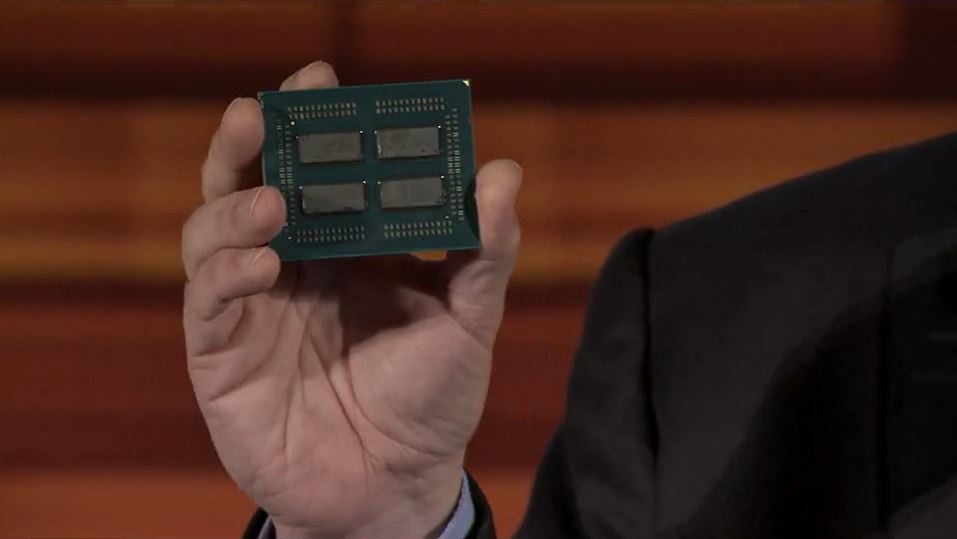AMD is behind Nvidia in power consumption,which is compounded by the GF process they use,so I don't disagree.I haven't seen any reliable estimates for the Vega M die size though and apparently its not fully enabled(apparently has 1792 shaders according to NBC).
At least in its NUC form it seems slightly faster than a GTX1050TI. However,saying it is bigger than a GP106?? The GP106 is 200MM2 and Polaris 10 is 232MM2. That would place Vega M at close to Polaris 10 size,with less shaders(2304 shaders),but it has double the ROP count.
The Ryzen APU is a smaller chip,since its a single 209.78MM2 SOC,as opposed to an Intel 4C/8T CPU at around 125MM2,plus a southbridge and a separate GPU,and runs off bog standard DDR4.
Regarding the APU,laptop mag tested two HP X360 models,which are very similar(same battery and same case,so as close to apples to apples you can get which is not easy with laptops),and battery life was a bit better in the case of the Intel system:
https://www.laptopmag.com/articles/a...l-8th-gen-core
It could be that the Ryzen APU systems are configured for a higher TDP,but there were a ton of driver issues for the desktop models(see some of the discussions here we had for the desktop versions) and AMD taking yonks to actually update the drivers,to the extent one YT channel ran Vega64 drivers on the IGP and performance went up(!),so it makes me wonder whether that is also not helping.
Even the TR article you linked to alluded to that. BT and Hexus had issues too.
Who said I am not aware of other solutions(
link describing some alternatives) - its not like people haven't been talking about it in the past here!

But EMIB does look cost effective compared to what AMD/Nvidia have tried so far,and none of them have integrated a decent sized CPU and GPU(made on different nodes) like Intel have done in a production PC.





 LinkBack URL
LinkBack URL About LinkBacks
About LinkBacks

 Reply With Quote
Reply With Quote

 But EMIB does look cost effective compared to what AMD/Nvidia have tried so far,and none of them have integrated a decent sized CPU and GPU(made on different nodes) like Intel have done in a production PC.
But EMIB does look cost effective compared to what AMD/Nvidia have tried so far,and none of them have integrated a decent sized CPU and GPU(made on different nodes) like Intel have done in a production PC.
